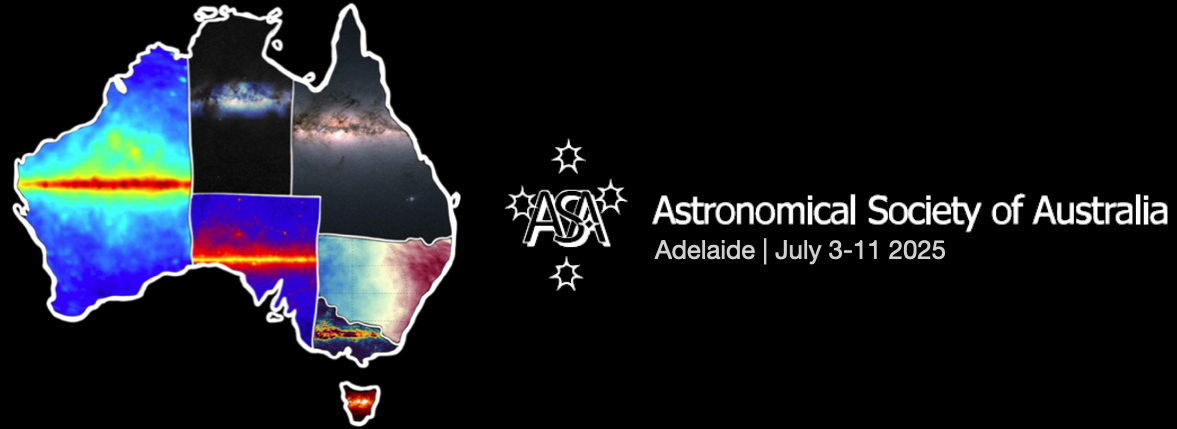Speaker
Description
The problem of resolving both AGN and star formation feedback, operating through galactic-scale outflows, remains constrained by the limited spectral resolution of many ongoing galaxy surveys. Detecting outflows (as well as inflows) via emission-line kinematics from ionised species depends on multi-component fitting, which is highly sensitive to goodness-of-fit, overfitting criteria and statistical biases, especially in low signal-to-noise regimes. This often skews the characterisation of such phenomena to the detriment of weak and low-luminosity cases in the optical range of low-redshift galaxy spectra. We present a study in which we use a model based on the peak virial equilibrium velocity, $V_{\text{peak}}$—which accounts for the dark matter mass content in the galaxy-halo system—to investigate the relationship between gas kinematic distortion in both star-forming and AGN galaxies (classified using classical techniques) and star formation quenching, as an alternative continuum-like approach. We use data from the GAMA survey for broad statistical analysis, as well as IFS data from the KOALA + AAOmega instrument in the AAT for a spatially resolved, case-by-case study. Our method involves using the ratios of the velocity dispersions of the four emission lines most commonly employed in BPT classification (H$\beta$, H$\alpha$, [OIII], [NII]) over $V_{\text{peak}}$, interpreting this ratio as a proxy for kinematic disturbance—quantifying interplay between feedback-driven turbulence and gravitational support—and analysing its behaviour in relation to star formation parameters. Our results indicate that galaxies appropriately segregated by these ratio values follow distinct sequences in star formation-related scaling relations. In particular, we find that galaxies in the high-disturbance group exhibit a truncated power-law behaviour in their $L_{\text{line}}/M_\star$ vs. $\Delta \text{MS}$ and $\log \text{sSFR}$ planes, while those in the low-disturbance group follow a linear trend.

